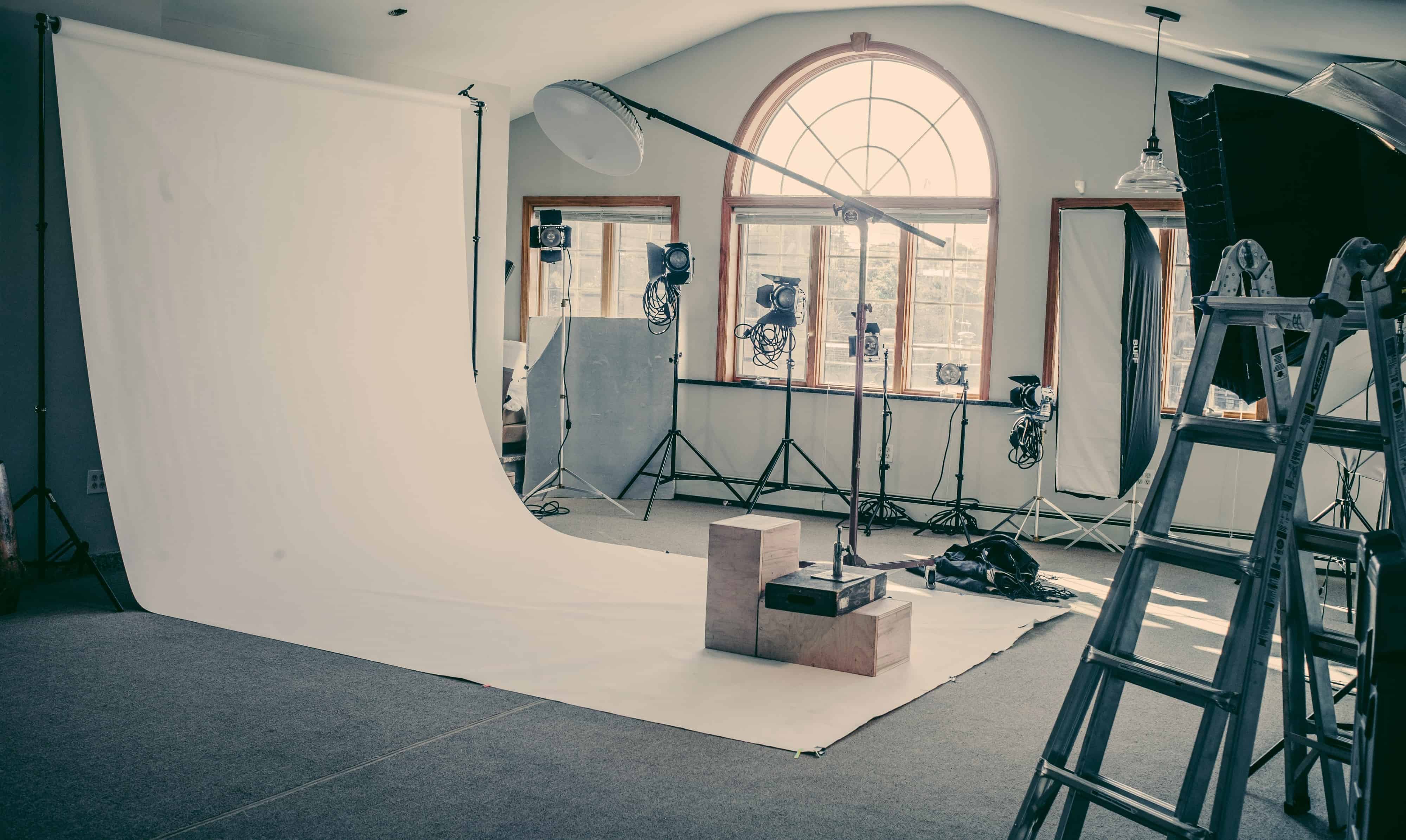What is Rembrandt Lighting in Photography and Why Use It?
The world of photography is a wondrous place where creativity meets technical skill. Among the myriad of lighting techniques, **Rembrandt lighting** stands out as a classic choice for professional photographers. But what is Rembrandt lighting in photography? In simple terms, it's a lighting technique that creates a characteristic triangle of light under one of the subject's eyes, resulting in a beautifully sculpted face. This technique is often used in portrait photography and allows photographers to capture a stunning blend of light and shadow.
When **exploring** this technique, its essential to understand how it can elevate your portraits and bring a three-dimensional quality to your images. In this comprehensive guide, we will break down the nuances of Rembrandt lighting, its historical significance, setup instructions, and tips for mastering the art of lighting in your photography.

Understanding the Essence of Rembrandt Lighting
Named after the famous painter Rembrandt van Rijn, this lighting technique draws inspiration from the way he illuminated his subjects. The hallmark of this style is a distinctive pattern of light and shadow that enhances facial features. The triangular patch of light on the cheek is what truly defines this method. To achieve this effect, one of the primary sources of light is directed at the subject at a 45-degree angle, creating natural depth.
The beauty of Rembrandt lighting lies in its ability to flatter subjects while still maintaining a sense of realism. This makes it incredibly popular for **portrait photography**, where evoking emotion and personality is crucial.
The Importance of Lighting in Photography
Understanding lighting is essential for any photographer. **Light** shapes the mood of your images and influences how viewers perceive your subjects. Mastering lighting techniques will not only enhance your photos but will also make you a more versatile photographer. Check out this article on Lighting Importance to deepen your understanding.

Setting Up Rembrandt Lighting
Setting up Rembrandt lighting is straightforward when following a few essential steps. Heres how you can fearlessly implement this technique in your next shoot:
1. Positioning Your Subject
Begin by placing your subject close to a light source. This can be a window, a softbox, or a lamp. If you're in a studio, using artificial light is often the go-to choice.
2. Angle of Light
Position your light source to the side of your subject at about a 45-degree angle, and slightly above eye level. This angle will create the triangles of light so sought after in Rembrandt lighting.
3. The Key Light
Your primary light source is known as the *key light*. Ensure it casts a shadow across the face, leading from the nose to the cheek. This shadow creates the depth and dimensionality characteristic of Rembrandt lighting.
4. Adding Fill Light
If desired, you can introduce a fill light on the opposite side of the main light source. This fill light will soften the shadows without overpowering the key light.

Common Mistakes to Avoid
Even the most seasoned photographers can overlook essential details when setting up their lighting. Here are some common pitfalls to avoid:
1. Too Much Light
Over-exposing your shot can obliterate the subtlety of shadows. Ensure that your key light doesn't overwhelm your subject.
2. Incorrect Positioning
Misplacing the light source can lead to a less-than-ideal outcome. Be precise in your placement, as even a slight adjustment can dramatically change the look of your image.
3. Ignoring Background
The background can influence the effectiveness of lighting. Ensure your background does not distract from your subject, and consider using dark, neutral tones that complement your lighting setup.

Experimenting with Rembrandt Lighting
Once you grasp the basics, don't hesitate to experiment with this technique. Alter the distance, intensity, and type of light you use to see how it affects your images. Using natural light can yield fantastic results as well. For more insights on **studio photography**, refer to this enriching article on Studio Lighting Basics.
Incorporating Other Lighting Techniques
While Rembrandt lighting is a powerful tool, it doesnt always need to be the sole technique you rely on. Incorporating additional methods, like **butterfly lighting** or **loop lighting**, can provide you with a diverse range of styles to play with. Each method has its unique aesthetic impact, catering to various artistic visions.
Conclusion
In conclusion, mastering **Rembrandt lighting** in photography opens various possibilities for creating stunning portraits that convey emotion and depth. The patterns of shadow and light add dimension and enhance your subject's features, making it a favorite among professional photographers. Remember that practice is essential. Experiment repeatedly with different setups and lights until you feel confident capturing the quintessential Rembrandt look.
Equip yourself with knowledge and practice diligently, as each step will contribute to your growth as a photographer. As you delve deeper into the world of lighting, you will discover the tremendous impact it has on your images.
As an Amazon Associate, I earn from qualifying purchases.

